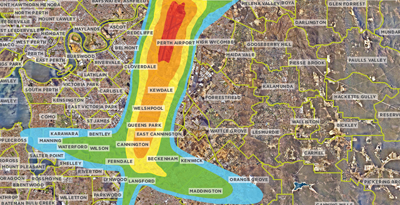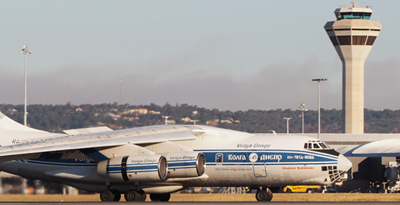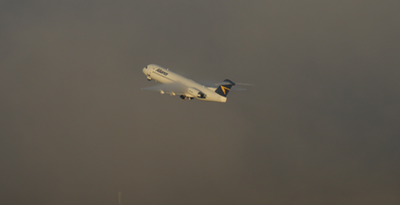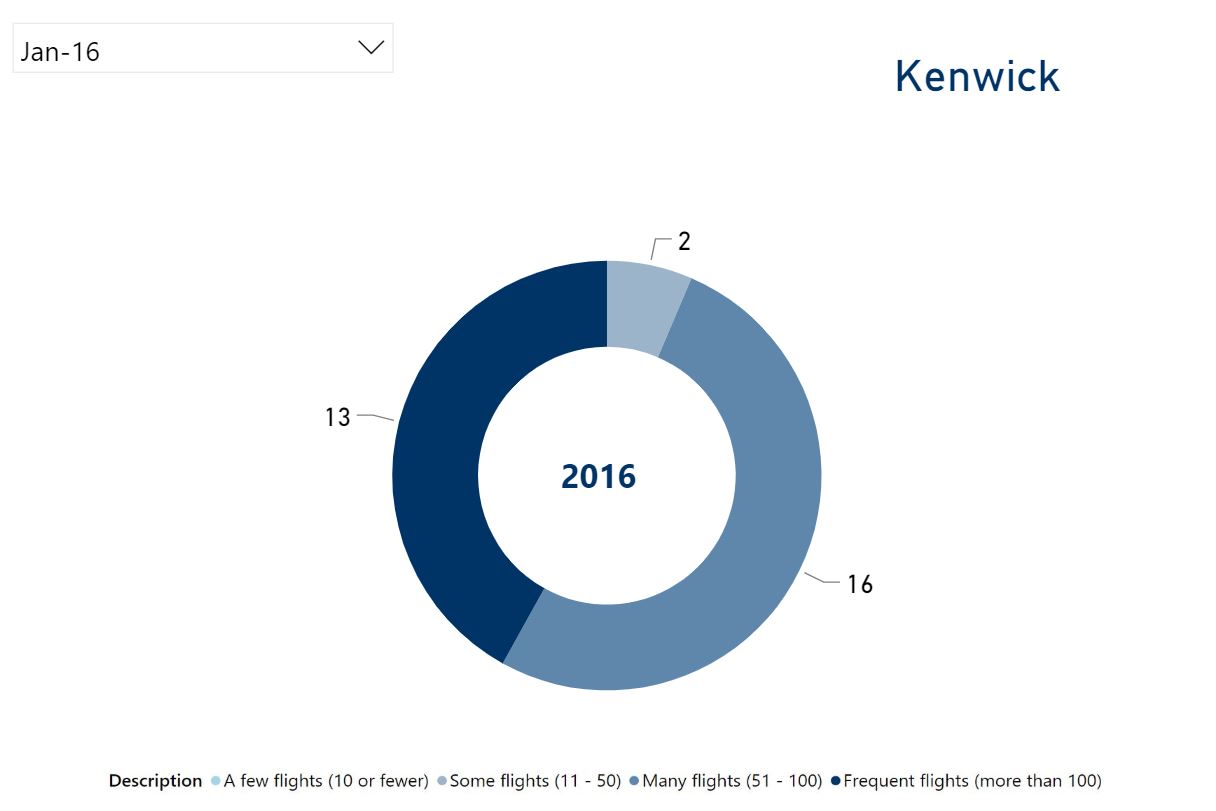Perth Airport recognises that the Australian Noise Exposure Forecast (ANEF) system is a land use planning tool and does not effectively convey the impact or exposure of aircraft noise to the community, and for this reason, other metrics are required.
‘Number Above’ noise contours illustrate the average number of events per day that exceed a certain sound level. This measure is closer to how a person typically perceives noise. For example, N65 noise contours would represent the number of events over 65 decibels [65 dB(A)] for a particular area.
Guidelines, including the National Airports Safeguarding Framework (NASF), suggest that an outdoor sound level of 70 dB(A) corresponds to an indoor noise level of approximately 60 dB(A) with the windows open. This is considered to be the sound level at which conversation and other indoor activities can generally be disturbed.
Perth Airport knows that residents of the region enjoy an outdoor lifestyle, supported by a mild climate and an abundance of warm weather and sunshine during the summer months, which is often reflected in building construction. As a result, Perth Airport has adopted a conservative noise contour of N65. This considers an indoor noise level of approximately 55 dB(A) instead of 60 dB(A) as suggested in the NASF.
It is important to note, that the ‘Number Above’ noise contours represent an average day and not a typical day, similar to the ANEF. On a typical day, residents may actually experience more events than the ‘Number Above’ contours suggest. This is because the traffic at Perth Airport varies significantly from weekdays to weekends.
N65 noise contours based on actual aircraft movement data for 2016 can be viewed in the ‘Noise in your area’ section.
N65 contours that reflect traffic levels at the future ultimate practical capacity of the planned runway system can be viewed in the ‘Your location’ section.






